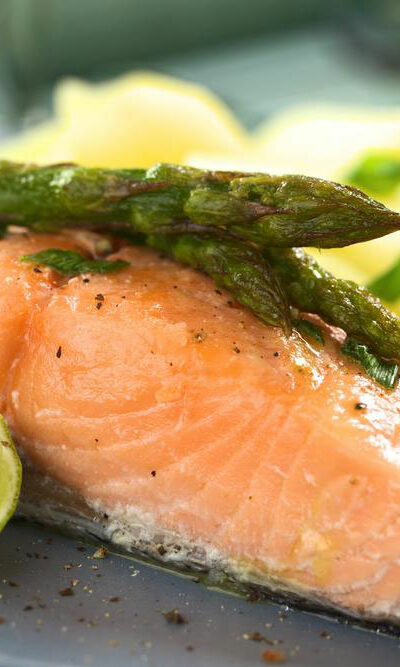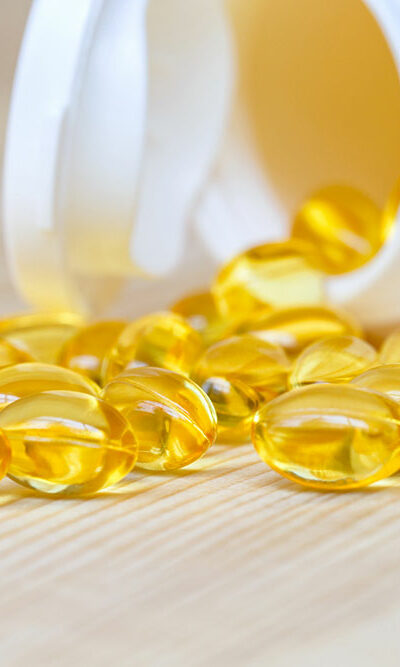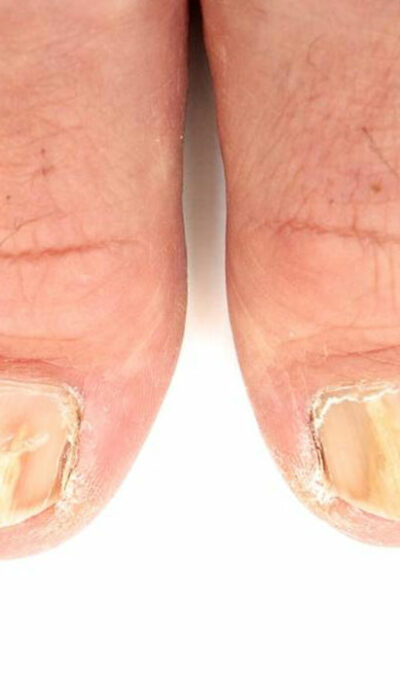
7 foods for healthy hair growth
The American Academy of Dermatology has stated that 80 million men and women in the country suffer from hereditary hair loss, one of the most common types of hair loss. On a positive note, hair loss can be stopped or reduced considerably with certain changes in hair treatment or the diet. Certain foods can promote hair growth and improve the quality of hair, and healthy hair in men also increases their confidence. Here are the best foods to promote healthy hair growth in men: Eggs Eggs are an amazing source of protein and biotin, two nutrients that can promote hair growth. Hair follicles are made up of protein and biotin is known to promote keratin, which is responsible for hair growth. Green leafy vegetables Dark leafy vegetables like spinach are rich in iron and can contribute to hair growth. Iron deficiency can cause hair loss, making iron an important nutrient to be incorporated into the daily diet. Iron is also found in red meat like beef, but one should keep in mind that eating too much red meat can increase the risk of developing heart diseases due to their high fat content. Salmon Fish like salmon are rich in Omega-3 fatty acids, and healthy fats like these help in keeping the hair lush and healthy. These fatty acids are also known to help activate the sebaceous glands in the scalp, which, in turn, promotes a healthy scalp and healthy hair. Shrimp, sardines, green beans, almonds, and walnuts are some other sources of Omega-3 fatty acids. These items can be included in meals or snacks as these are some of the best foods for healthy hair growth in men. Carrots Carrots are rich in vitamin-A, which promotes cell growth. They also encourage sebum production in the scalp, which results in better hair growth and reduced chances of dry scalp.










